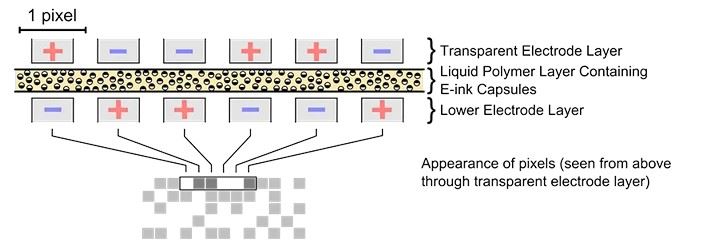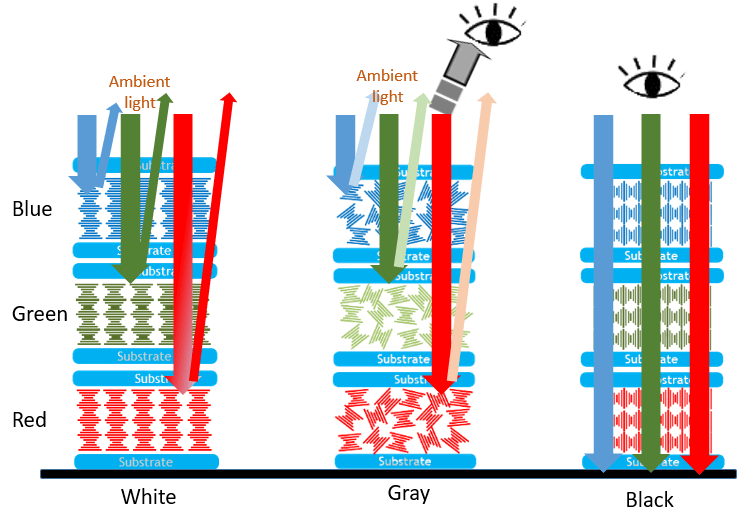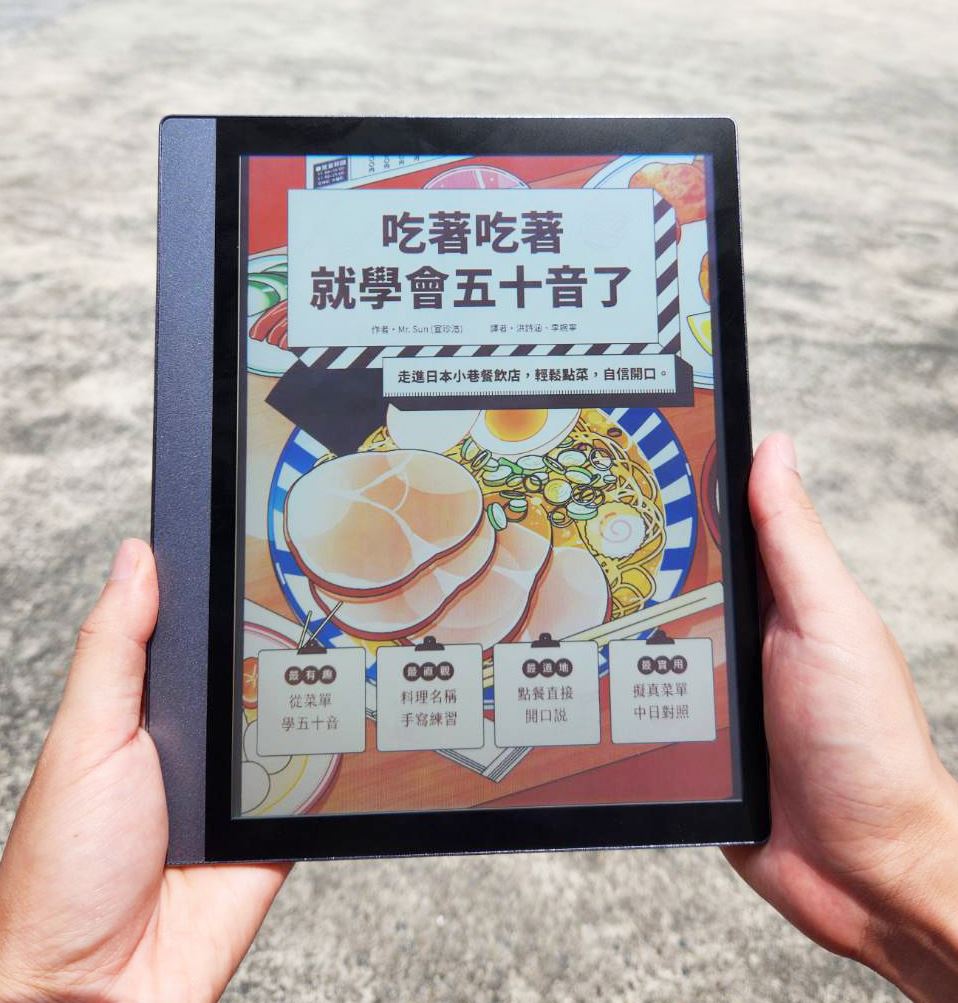Amid the rising tides of sustainable technology, smart cities, and digital reading, a display technology originating from Taiwan—Cholesteric Liquid Crystal Display (ChLCD)—is quietly reshaping how people perceive electronic paper. Combining full-color display, high contrast, ultra-low power consumption, and excellent weather resistance, it is regarded as a significant breakthrough in next-generation reflective displays.

What is ChLCD?
ChLCD is a type of display that can “remember” an image. It uses reflective display technology, similar to paper, relying on ambient light rather than self-emission. Once an image is displayed, it can remain visible for a long time even without power—electricity is only consumed when the image changes. This is its “secret to extreme energy savings.”
The core technology lies in the helical structure of its liquid crystal molecules, which can selectively reflect specific wavelengths of light. By stacking red, green, and blue reflective layers along with a black absorption layer, ChLCD can produce up to 16.78 million native colors—without color filters or a backlight module—and still remain clearly visible under sunlight.
 Bistability
Bistability
Cholesteric liquid crystals (ChLCDs) have a bistable property, meaning they can maintain an image for a long time without continuous power supply.
They naturally have two stable states:
Planar State (Bright Mode)
Liquid crystal molecules are neatly aligned, reflecting specific wavelengths of light to produce colorful or bright images.
Focal Conic State (Dark Mode)
Molecules are arranged in a disordered pattern, scattering light so that most passes through and reveals the background color (often black).
 During electrical control, there is also a temporary state:
Homeotropic State:
During electrical control, there is also a temporary state:
Homeotropic State: Molecules are vertically aligned, allowing almost all light to pass through and showing the underlying color.
Switching principles:
Planar → Focal Conic: Apply a small electric field
Planar / Focal Conic → Homeotropic: Apply a large electric field
Homeotropic → Planar: Quickly remove the electric field
Homeotropic → Focal Conic: Slowly remove the electric field
Thanks to this bistability, ChLCD consumes almost no energy when displaying static content, making it ideal for low-power applications that require long-term information display—such as e-signage, e-books, and outdoor information boards.
Why is ChLCD special?
Native full color, highly realistic
ChLCD’s color saturation rivals print, with high contrast and sharp details. Compared to traditional color e-paper (around 4,096 colors), ChLCD offers richer gradations and more vibrant visuals, perfect for applications requiring high visual quality.
Low power, worry-free long-term display
Using bistable technology, power is only consumed during image changes, making it perfect for e-books, e-shelf labels, e-bulletin boards, eco-friendly e-posters, smart bus stop signs, hospital bedside cards, advertising lightboxes, and e-photo frames. It can even pair with solar power for self-sufficiency.
Excellent outdoor visibility
Reflective displays become clearer under sunlight, with no need for high-brightness backlights. They produce no blue light or flicker, making them more eye-friendly. Compared to LCD and OLED, which require brightness boosts outdoors, ChLCD is more energy-efficient and comfortable to view.
Fast refresh rate
Full-color page updates can be completed in 1–2 seconds—several times faster than traditional e-paper—making it suitable for applications with frequent updates.
Outstanding weather resistance
Operating temperature ranges from -20°C to 80°C, allowing stable display in hot car interiors, freezing outdoor conditions, or environments with large temperature swings—suitable for all seasons and extreme climates.
Paper-like eye comfort
No blue light, no flicker, and a paper-like texture make it naturally gentle on the eyes. Long reading sessions cause less fatigue, making it ideal for children, seniors, and professional readers.

With the global push for net-zero carbon emissions and ESG sustainability, GENETOUCH leverages ChLCD technology—integrating solar power and low-energy features—to create zero-power, all-weather display solutions. This technology is not just an upgrade to electronic paper, but a new-generation platform merging energy management, smart applications, and environmental sustainability. For Taiwan, mastering ChLCD R&D and mass production will be a key advantage in expanding to global markets and leading the transformation of the display industry—an area where GENETOUCH is already at the forefront.